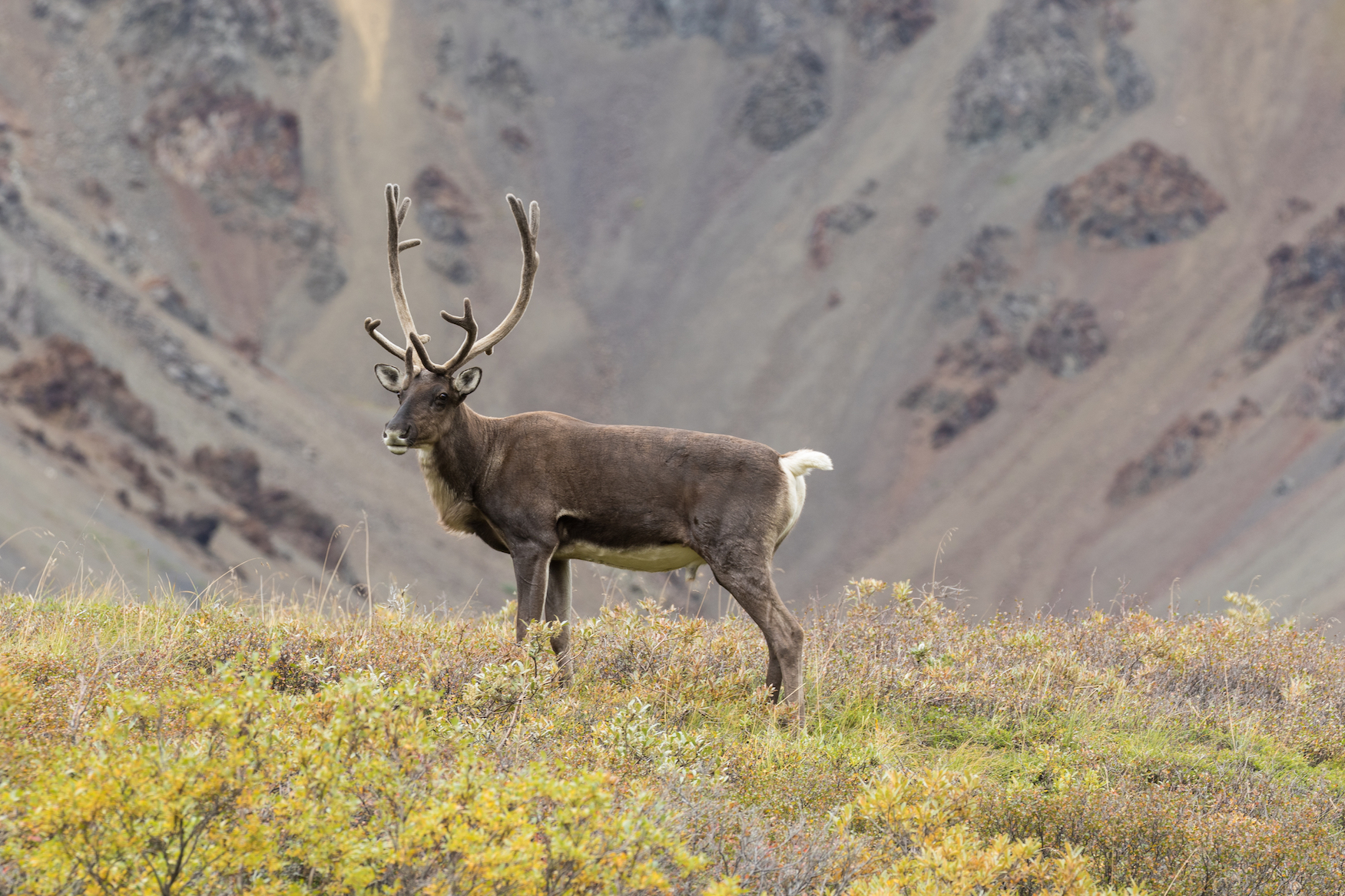
Caribou hunting restrictions are the result of science-policy gap
Barren-ground caribou are found in Northwestern Canada, Alaska, and Greenland. These animals are an important food source for many indigenous people in those regions, and their hide is often used to make clothing.
Population declines over the past two decades have caused Alaskan and Northern Canadian governments to place restrictions on indigenous caribou hunting or harvesting in an effort to preserve the critical species.
But a new study has revealed that subsistence harvesting, which is done to provide for the direct needs of a group of people, is not the problem.
Instead, researchers from the American Association for the Advancement of Science (AAAS) suggest the true problem lies in habitat degradation from economic and resource development.
The study, led by Brenda L. Parlee, found that there is a gap in the scientific studies and the government policies being implemented.
Parlee and her colleagues collected data from thirteen years of caribou harvesting in the Northwest Territories of Canada. The researchers also examined past studies and literature about caribou populations and human disturbances in subarctic and arctic ecosystems.
The resulting analysis showed that subsistence harvesting actually had a positive association with population numbers and that when populations declined, so did hunting.
The researchers found no evidence that indigenous people had a negative impact on caribou populations, which means that policies limiting subsistence hunting should be reconsidered.
Addressing the “science-policy gap,” as the study calls it, is necessary in order to preserve and sustain both caribou populations and the indigenous people who rely on them.
—
By Kay Vandette, Earth.com Staff Writer













